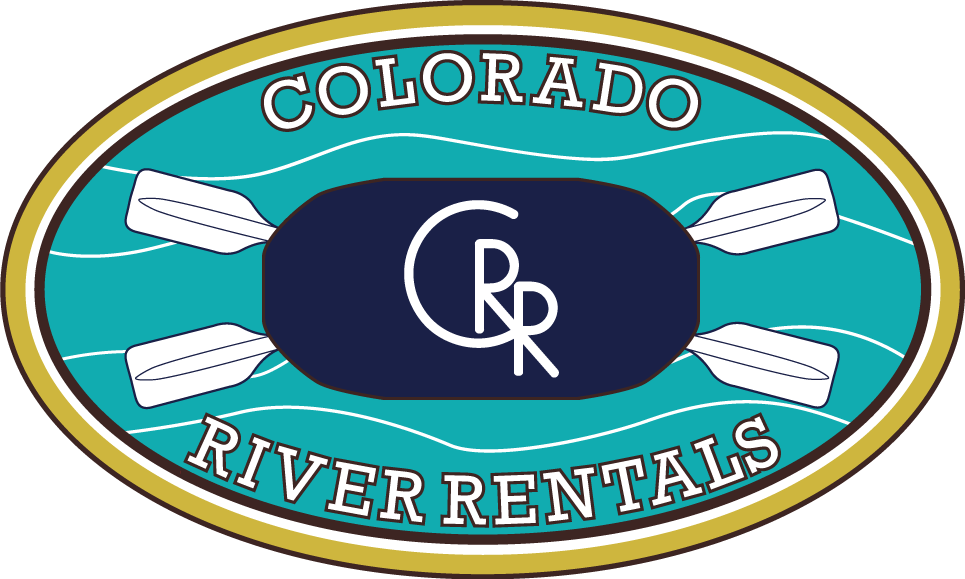Everything You Need to Know About an Oar and a Paddle

Every rafting trip requires the use of paddles and/or oars. Guests will help us steer and power our rafts through rapids and around rocks, as we navigate the river. Proper paddling technique is essential to a successful rafting trip, particularly on more advanced sections of whitewater. Large rafts, particularly framed rafts, require oars to steer and power due to their larger size. Our overnight and fishing trips use these, but customers will never find themselves using oars. Oared rafts move backwards, while paddle powered rafts move forwards with all paddlers moving in unison and a guide acting as a rudder, so to speak. Paddles have 3 main parts. From top to bottom, we start with the ‘T-grip’, which you will always keep a hand on and hold with your inside hand (in relation to the raft). Moving down the paddle, we have the shaft. The shaft you will hold with your outside hand. Finally, at the bottom of the paddle, we come to the blade. This part of the paddle is what does all the work, and what you will put in the water. At least half of the blade should enter the water during each stroke.
Paddling Technique
To properly hold a paddle, one will hold the T-grip with their inside hand and somewhere in the middle to the bottom of the shaft with their outside hand. Guests should be sitting on the outer edge of the side of the raft, on the tube, and leaning into each stroke. It is important for each of the front paddlers to stay in sync when paddling so that the paddlers behind them may follow, allowing for a unified motion of rowing throughout the entire boat. Imagine a Viking long ship rowing into battle! Ensure that you are not leaving your paddle unattended during calmer sections of the river. The blade may catch the water, causing the T-grip to smash you right in the face, resulting in a broken nose or concussion.
Paddle Construction
Modern paddles are made of either plastic, wood, fiberglass, or carbon. At Colorado River Rentals, we provide customers with plastic paddles, as these are the cheapest option (albeit the heaviest). Professionals and Olympians opt for the most expensive and lightest option, carbon paddles, which also happen to be the most durable. Less weight allows professional paddles to gain ultimate control during each stroke, as the decreased weight is easier to handle. Wood is a great classic option for those looking for the old school look and feel.
Now that you are a paddle expert, time to prove it! Come try out your new found paddling skills and knowledge at our Colorado River Rentals outpost in Kremmling, Colorado. Rental gear will be available daily to experience the mighty and historic Colorado river first hand. And with this knowledge, you’ll be paddling like a pro in no time.
